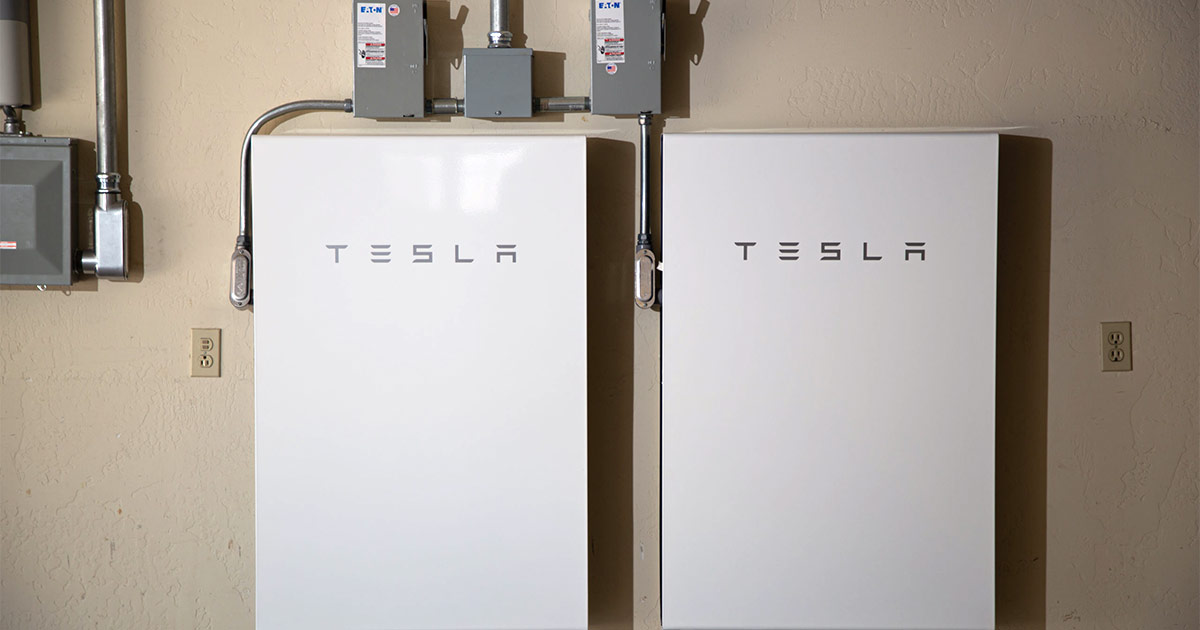Last update January 3rd, 2025 at 05:23 pm
What do solar batteries cost in 2025? In recent years, the adoption of solar home batteries surged across Australia, driven by a combination of environmental consciousness, rising electricity costs, and government incentives.
In recent years, the landscape of available battery options has expanded significantly, offering consumers a wide array of choices from various battery manufacturers.
Let’s explore some of the more popular battery systems in Australia in 2025, taking a look at four popular models.
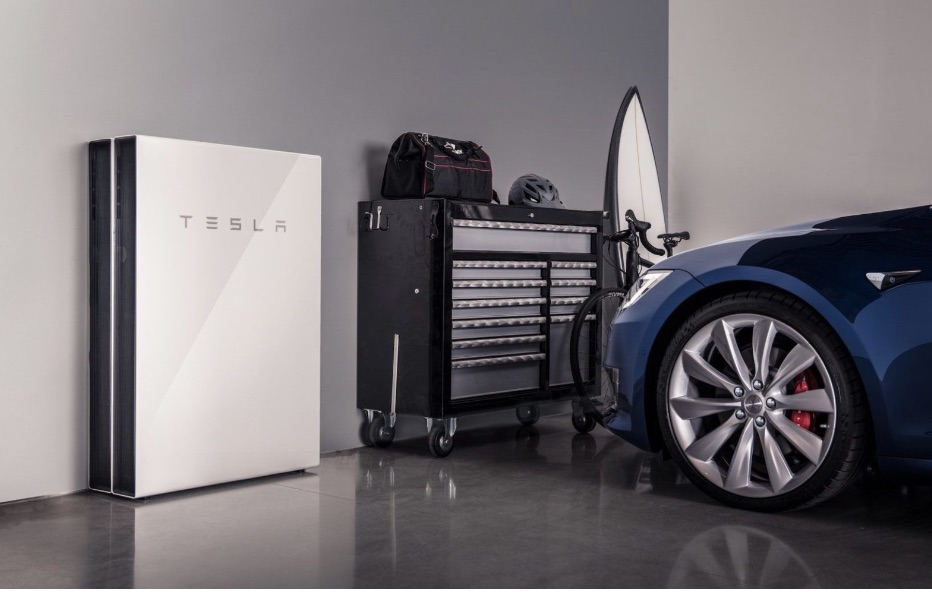
Some of the Solar Battery Brands and Costs in Australia
Tesla Powerwall
Price: Approximately $10,000 to $12,000 (excluding installation).
Capacity: 13.5kWh
Pros:
- Brand Reputation: Tesla is renowned for its leadership, innovation and reliability in battery technology.
- High Capacity: The Powerwall offers a large storage capacity suitable for bigger households.
- Integration: Can be retrofitted to almost any existing solar system.
Cons:
- Higher Cost: Compared to some competitors, Tesla Powerwall tends to be on the pricier side.
- Availability: Demand often outstrips supply, leading to longer wait times for installation.
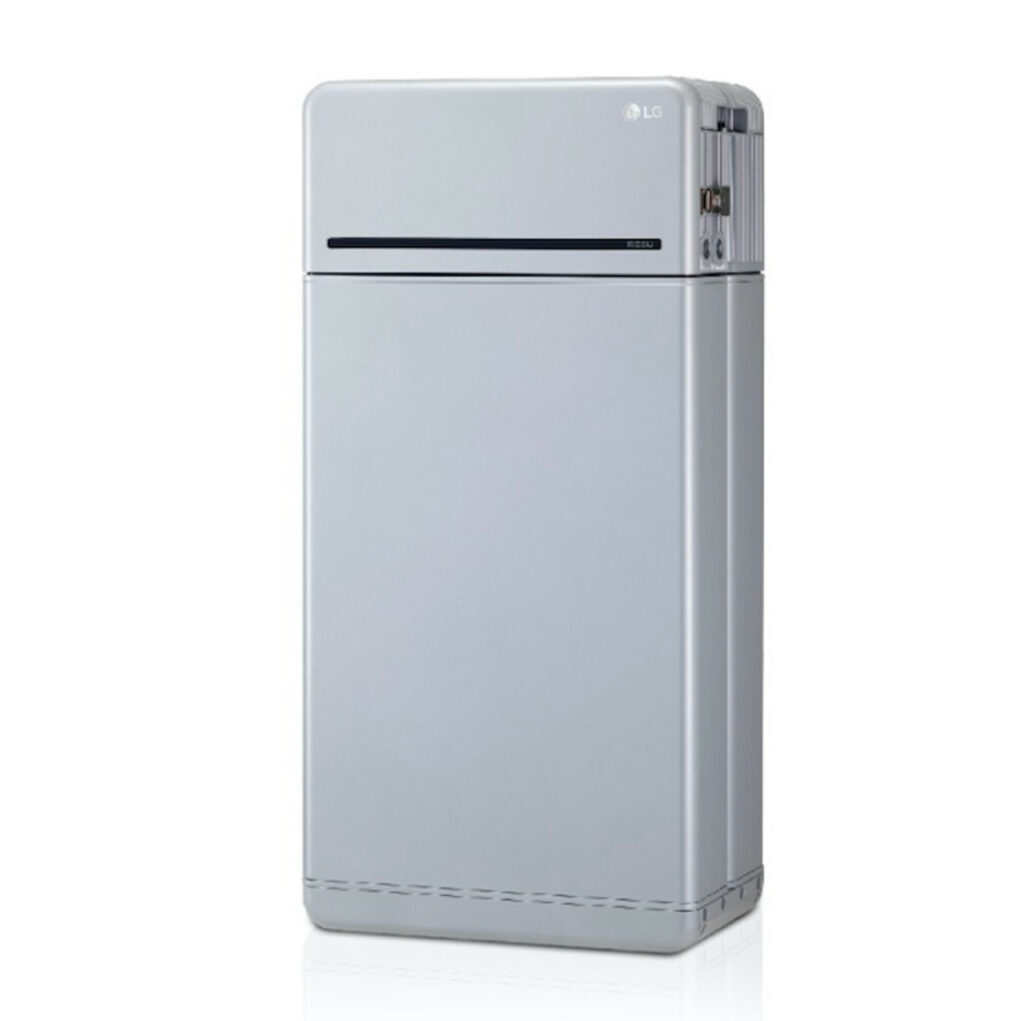
BYD Battery-Box Premium HV
Price: $12,000–$14,000 (installed, depending on size).
Capacity: 10.2 kWh (base) to 22.1 kWh (expanded).
Pros:
- High Efficiency: The BYD Battery-Box Premium HV offers excellent energy conversion efficiency, ensuring optimal storage and use of solar energy.
- Scalability: The system is easily scalable, allowing homeowners to add more modules as their energy needs grow.
- Long Lifespan: Built with durable lithium iron phosphate (LiFePO4) cells, the system is designed for a long operational life, offering up to 10,000 charge cycles.
Cons:
- Higher Initial Cost: The upfront cost of the system can be high compared to some other battery options on the market.
- Space Requirements: The system requires sufficient space for installation, which could be a challenge in smaller homes or tight areas.
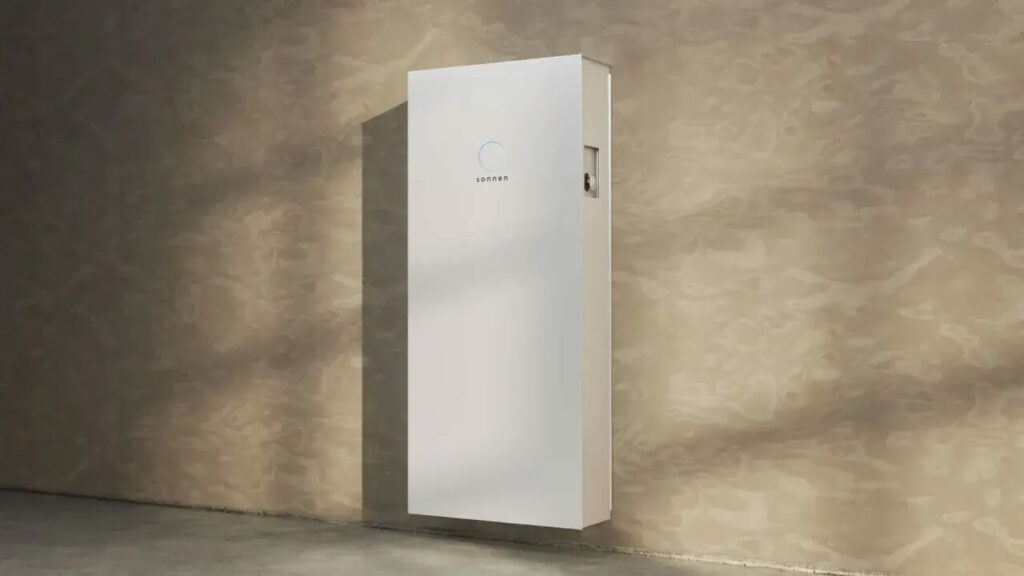
SonnenBatterie Eco 10
Price: Approximately $8,000 to $10,000 (excluding installation).
Capacity: 10kWh
Pros:
- Long Warranty: SonnenBatterie offers a 10-year warranty, providing peace of mind to consumers.
- Smart Technology: Includes built-in smart technology for optimized energy management.
- German Engineering: Known for its high-quality manufacturing and reliability.
Cons:
- Initial Investment: Higher upfront costs can be a barrier for some households.
- Size: Smaller capacity compared to other models available in the market.
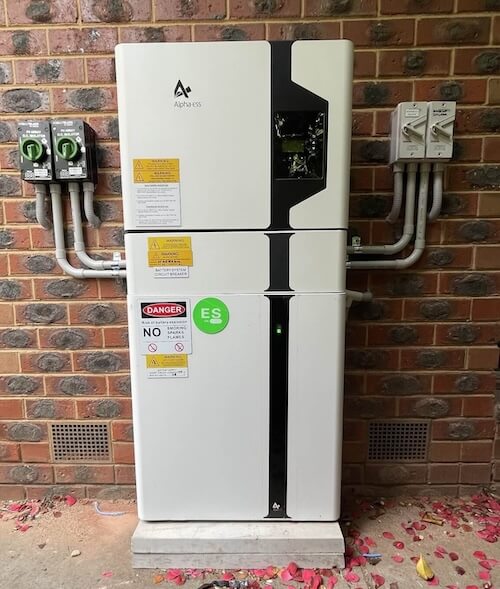
Alpha ESS Storion SMILE 5
Price: Approximately $6,000 to $8,000 (excluding installation)
Capacity: 2.9kWh to 80kWh
Pros:
- Affordability: One of the more affordable options available in the market.
- Modular Design: Allows for easy expansion of storage capacity over time.
- Australian Support: Local customer support and service network.
Cons:
- Blackout Protection: Some models don’t offer blackout protection.
- Monitoring: Some monitoring can be complicated.
So Which Battery is Right for Me?
Choosing the right solar home battery system in 2025 involves considering several factors beyond just the initial cost. Each brand and model comes with its own set of advantages and considerations, from capacity and price to integration capabilities and warranty terms. Tesla’s Powerwall impresses with its high capacity and seamless integration with Tesla’s ecosystem, though it comes at a premium. BYD Battery-Box Premium HV offers a competitive option with its high energy density and reliability. Meanwhile, SonnenBatterie Eco 10 stands out for its robust German engineering and smart technology integration.
For those on a tighter budget, Alpha ESS’s Storion SMILE 5 provides an affordable entry point striking a balance between price and performance, appealing to consumers seeking value for money.
As the solar home battery market continues to evolve, it’s important for consumers to evaluate their energy needs, budget constraints, and long-term goals when making a decision. Whether you prioritise brand reputation, price affordability, or specific features like scalability and integration, the options available in 2025 cater to a wide range of preferences and requirements.
Conclusion
Energy companies are moving towards time-of-use metering enabling households with solar home battery systems in some parts of Australia to buy energy when it is cheap, store it in their battery, and then use it with power is more expensive during peak times of the day.
By understanding the pros and cons of each brand and model discussed here, consumers can make informed choices that not only benefit their households financially but also contribute positively to their environmental footprint through sustainable energy practices.
Embrace the future of energy independence with solar home battery systems tailored to meet your needs in 2025 and beyond.
For more information on solar home battery systems or to get a personalised consultation make sure to get 3 Quotes so you can compare the pros and cons of the systems the installers are offering to you.
